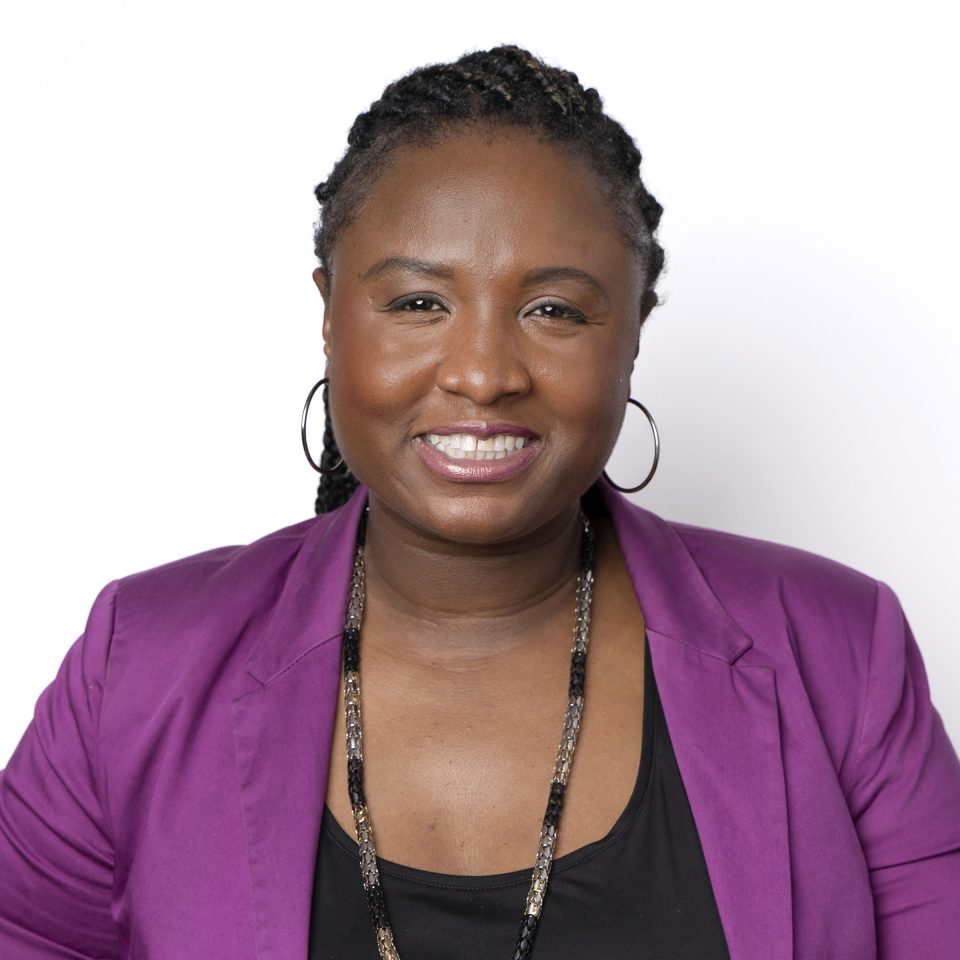Authors


Partners

Acknowledgments
- Schooling of Ontario’s Black Youth | Speakers: Kearie Daniel and Peter Amponsah
- Antisemitism Online and Offline in Canada | Speakers: Bernie Farber and Tema Smith
- Islamophobic Hate Speech | Speakers: Firdaus Ali and Shawn Ullah
- Anti-Black Hate Online | Speakers: Dr. Laura Mae Lindo and Jessica Yamoah
- Environmental Racism and Indigenous Communities | Speakers: Janna Wale and Skw’akw’as (Sunshine) Dunstan-Moore


